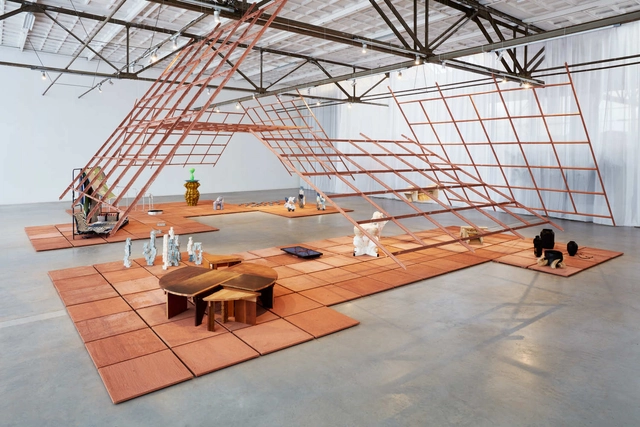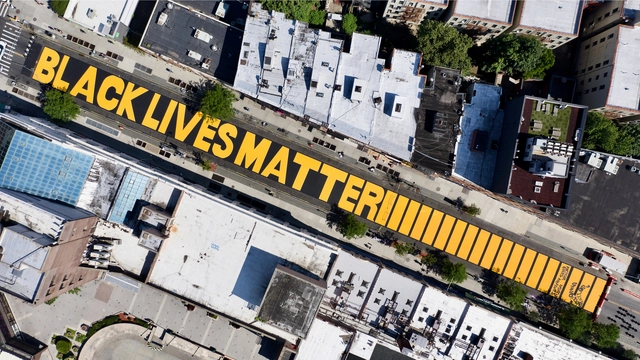
Social responsibility and the desire to improve society has long been influenced by the built environment. Looking at city centers, architecture has contributed to the improvement of the urban fabric, whether it being through planning and zoning strategies, integration of public spaces, or small interventions. In some cases however, these interventions are in fact used as tools to keep the homeless off the streets, disguised as art or conceptual designs. Several public urban policies have all implicitly prohibited the homeless and other marginalized social groups from city centers, claiming that their presence and “irregular” use of public space could compromise the reputation, security, and desirability of the city.




















![Intervención realizada por el colectivo "Por un habitar digno" [@porunhabitardigno_]. Image © Arquitecto Tomás Bravo [@tmbravo.scl] Urban Space as a Canvas for Civilian Expression - Image 1 of 4](https://images.adsttc.com/media/images/5f07/1057/b357/6588/b300/0550/thumb_jpg/4-tmbravo.com.jpg?1594298445)
![Black Lives Matter (Charlotte). Image © Office of Congresswoman Alma S. Adams [Wikimedia] bajo dominio público Urban Space as a Canvas for Civilian Expression - Image 2 of 4](https://images.adsttc.com/media/images/5f07/1232/b357/6588/b300/0551/thumb_jpg/Black_lives_matter_in_charlotte.jpg?1594298918)
![From Park to Parking (Banksy 2010). Image © Amg foto [Flickr] bajo licencia CC BY-ND 2.0 Urban Space as a Canvas for Civilian Expression - Image 3 of 4](https://images.adsttc.com/media/images/5f07/14c2/b357/6588/b300/0554/thumb_jpg/7911121664_62e9952807_o.jpg?1594299567)
![Intervención realizada por el colectivo "Por un habitar digno" [@porunhabitardigno_]. Image © Arquitecto Tomás Bravo [@tmbravo.scl] Urban Space as a Canvas for Civilian Expression - Image 4 of 4](https://images.adsttc.com/media/images/5f07/1062/b357/655d/4600/0353/thumb_jpg/3-tmbravo.com.jpg?1594298456)
